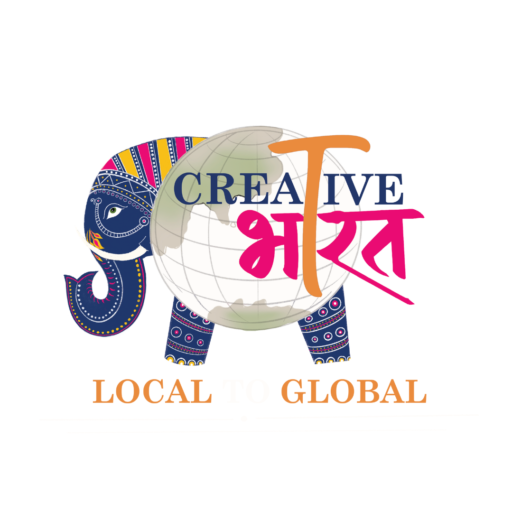Archives
Karnataka Maritime Board inks pacts worth
Mahesh Babu, Priyanka Chopra engage in
SpiceJet plans to double active fleet

The Importance of Market Research & Target Audience Identification in GTM Strategy
A Go-To-Market (GTM) strategy is the foundation for successfully launching and scaling a product or service. One of its most critical components is Market Research & Target Audience Identification, as it ensures businesses make informed decisions, minimize risks, and maximize customer engagement. Without understanding the market landscape and the right audience, even the most innovative products can fail to gain traction.
In this article, we explore why market research and audience identification are crucial and how leading brands in India have effectively leveraged these strategies to drive success.
Why Market Research & Target Audience Identification Matter
1️⃣ Understanding Market Demand
Market research helps businesses gauge demand for their products or services. It answers key questions such as:
- Is there a real need for this product?
- Who are the existing competitors?
- What gaps exist in the market?
For example, OYO Rooms identified the need for budget-friendly, standardized accommodations in India. Traditional hotels were either too expensive or lacked consistency in quality. Market research helped OYO tap into this underserved segment, leading to its rapid growth.
2️⃣ Identifying the Right Customer Segments
A product cannot cater to everyone. Identifying the right target audience helps brands:
- Customize marketing messages
- Develop features that cater to customer needs
- Optimize pricing strategies
For instance, Nykaa, India’s leading beauty and cosmetics e-commerce platform, initially focused on urban, tech-savvy women. Later, market research showed an opportunity in Tier 2 and Tier 3 cities, prompting Nykaa to expand its outreach and product offerings, leading to phenomenal growth.
3️⃣ Competitive Analysis for Positioning
By studying competitors, businesses can:
- Differentiate their offerings
- Identify pricing gaps
- Develop a unique selling proposition (USP)
Swiggy and Zomato revolutionized the food delivery market by recognizing a gap in restaurant-to-home delivery. Unlike earlier players, they focused on fast delivery, real-time tracking, and customer convenience, which helped them stand out from local food delivery services.
4️⃣ Reducing Business Risks
Launching a product without market research can lead to misaligned offerings, resulting in failure. Identifying demand patterns and consumer behavior minimizes the risk of launching an irrelevant or overpriced product.
For example, Reliance Jio conducted extensive research before launching its telecom services in India. Jio identified that high mobile data costs were a significant barrier to internet penetration. By offering free data initially and affordable 4G services later, Jio disrupted the telecom industry and became a market leader.
Case Studies of Indian Brands Excelling in Market Research
1: Flipkart – The E-Commerce Pioneer
Challenge: Competing with global giant Amazon in the Indian market.
Market Research Insight: Flipkart studied Indian buying behavior and identified that many consumers were hesitant to shop online due to trust issues and lack of digital payment options.
Solution:
- Introduced Cash-on-Delivery (COD) to cater to users without credit cards.
- Launched regional-language interfaces to attract non-English-speaking users.
- Expanded logistics infrastructure to ensure timely deliveries in remote areas.
Impact: Flipkart became a household name, leading to its acquisition by Walmart for $16 billion.
2: Paytm – Digital Payments Revolution
Challenge: Low adoption of digital payments in India.
Market Research Insight:
- Cash transactions dominated Indian markets.
- Many small businesses lacked digital payment infrastructure.
- Smartphone penetration was increasing rapidly.
Solution:
- Launched an easy-to-use mobile wallet with QR code payments.
- Partnered with local vendors to onboard them onto the platform.
- Leveraged demonetization in 2016 to accelerate adoption.
Impact: Paytm became India’s leading digital payments platform with over 350 million users.
In Conclusion
Market research and target audience identification are the cornerstones of a successful Go-To-Market strategy. By analyzing customer needs, understanding competitive dynamics, and positioning their brand effectively, businesses can build a strong foundation for long-term success.
Key Takeaways:
- Market research reduces risk and enhances decision-making.
- Customer segmentation helps tailor products and marketing efforts.
- Competitive analysis enables brands to differentiate and dominate.
- Real-world case studies show how successful brands leverage market insights.
As businesses continue to evolve, those that invest in thorough market research and audience analysis will always stay ahead of the competition. Whether you’re a startup or an established brand, understanding your market is the first step toward winning customers and sustaining growth.
Quick Links
Information
Contact Us
- Pune, Maharastra
- creativebharatgroup@gmail.com





